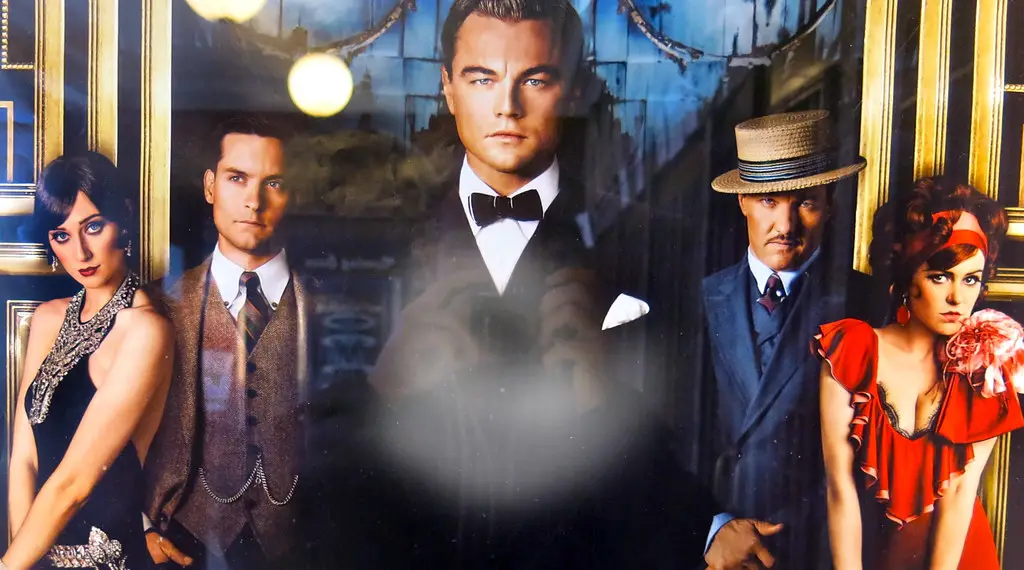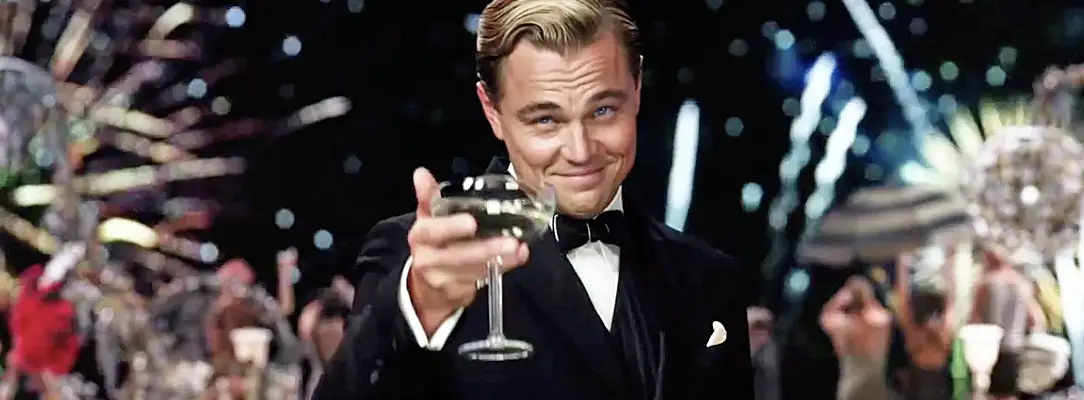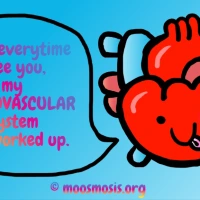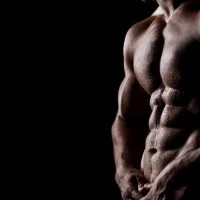In the novel The Great Gatsby, champagne flows freely. The Great Gatsby, written by F. Scott Fitzgerald, is a novel that explores the theme of wealth and its impact on the characters and their relationships. The novel is set during the Roaring Twenties, a time of economic prosperity in America, and the characters are all wealthy and live a lavish lifestyle.
Women don diamond necklaces and tiaras. Men drive extravagant sports cars. Parties last for days. We all want to be part of the ultra-rich and enjoy the luxurious lifestyle and never have to worry about money. We might expect that someone who has all of the wealth and comforts of life would be content, or perhaps even complacent, sitting in a room somewhere, counting piles of money and feeling satisfied.
Character Analysis of The Great Gatsby

One of the main symbols in the novel is the character of Gatsby himself, who represents the American Dream of wealth and success. Gatsby, born poor, becomes rich through illegal means and uses his wealth to win back his lost love, Daisy. However, despite his wealth, Gatsby is not able to achieve true happiness or satisfaction, as he is unable to fully attain his dream of winning Daisy’s love. This symbolizes that wealth does not necessarily bring happiness, and that there are limitations to what money can buy.
The Great Gatsby, the titular character of F. Scott Fitzgerald’s novel, is a complex and enigmatic figure. He is a wealthy, mysterious, and charismatic man who is the embodiment of the American Dream. He is driven by his desire to win back his lost love, Daisy, and his childhood plays a significant role in shaping his character and motivations.
Gatsby, born James Gatz, grew up in a poor family in North Dakota. He had a difficult childhood, marked by poverty and lack of opportunity. He was a dreamer and had aspirations of becoming wealthy and successful, but his background and circumstances seemed to limit his potential. However, this did not dampen his spirit, he was determined to make something of himself and escape his humble beginnings.
As a young man, Gatsby takes on the persona of Jay Gatsby, a wealthy and sophisticated man, and begins to make a name for himself in the world of organized crime. He earns his fortune through illegal means and uses it to create a lavish lifestyle for himself, in the hopes of impressing Daisy and winning her back. Gatsby’s childhood experiences of poverty and lack of opportunity drive him to pursue wealth and success at any cost, and his desire to escape his humble beginnings is a driving force behind his actions.
Gatsby’s past also informs his sense of self-worth and his relationship with Daisy. As a child, Gatsby had a strong desire for acceptance and validation, and his love for Daisy represents his desire to be accepted and loved by someone of a higher social class. He believes that by winning Daisy’s love, he will be able to transcend his humble origins and be accepted by the upper class.
“She was the first ‘nice’ girl he had ever known.”
– The Great Gatsby, Chapter 1, Page 8.
In conclusion, Gatsby’s childhood plays a significant role in shaping his character and motivations. His experiences of poverty and lack of opportunity drive him to pursue wealth and success, and his desire to escape his humble beginnings is a driving force behind his actions. His childhood also informs his sense of self-worth and his relationship with Daisy, representing his desire to be accepted and loved by someone of a higher social class. Gatsby’s character is a tragic one, as his past experiences and unachievable dream ultimately leads to his downfall.
Gatsby, Symbolism of the Green Light, and his Love for Daisy
Another symbol in the novel is the green light that Gatsby sees across the water, representing his longing for Daisy and his desire to attain her love. The light represents Gatsby’s longing and desire, which is ultimately unattainable, despite his wealth. The novel is set during the Roaring Twenties, a time of economic prosperity in America, and the characters are all wealthy and live a lavish lifestyle. The main character, Jay Gatsby, represents the American Dream, as he is born poor but through illegal means, he becomes rich and uses his wealth to win back his lost love, Daisy. However, despite his wealth, Gatsby is not able to achieve true happiness or satisfaction, as he is unable to fully attain his dream of winning Daisy’s love. This symbolizes that wealth does not necessarily bring happiness, and that there are limitations to what money can buy.
“Her voice is full of money – you can hear it. She’s got all her sins written across her.”
– The Great Gatsby, Chapter 2, Page 31.

Symbolism of the American Dream and Wealth
The novel also explores the theme of the corruption of wealth, as Gatsby’s illegal activities and the characters’ reckless behavior are a result of their wealth and the power it gives them. The characters are shown to be shallow and superficial, valuing wealth and status above all else, which ultimately leads to tragedy.
The novel also explores the theme of the corruption of the American Dream, as Gatsby’s illegal activities and the characters’ reckless behavior are a result of their wealth and the power it gives them. The characters are shown to be shallow and superficial, valuing wealth and status above all else, which ultimately leads to tragedy.
In addition, the novel also highlights the idea that the American Dream is not accessible to everyone. The main characters are all wealthy, and the novel suggests that the American Dream is only attainable to those who are already privileged. This is seen in the character of Tom Buchanan, who is born into wealth and does not have to work for it, unlike Gatsby who worked hard to achieve his wealth but still couldn’t attain his dream.
The Great Gatsby, his American Dream, and his Tragedy
In conclusion, The Great Gatsby is a novel that explores the theme of the American Dream and its limitations. The novel suggests that the American Dream is not always attainable, and that wealth and success do not necessarily bring happiness and fulfillment. It also highlights the idea that the American Dream is not accessible to everyone, and that it is only attainable to those who are already privileged. The Great Gatsby uses the theme of wealth and symbolism to explore the limitations and corrupting nature of wealth, and the impact it has on the characters and their relationships. The novel suggests that the pursuit of wealth and status does not bring true happiness and fulfillment, and that true happiness is found in relationships and connections with others. The novel serves as a cautionary tale, warning that the pursuit of wealth and status can lead to corruption and tragedy.
Summary Table of The Great Gatsby and Symbolism
| Symbol | Meaning |
|---|---|
| The Green Light | Gatsby’s longing for the past and his desire for Daisy |
| The Valley of Ashes | The moral and social decay of the era |
| The Eyes of Doctor T.J. Eckleburg | The absence of morality and the eyes of God |
| The Color Yellow | Corruption and decay |
| The Mansion and Parties | Gatsby’s excess and his illusion of the American Dream |
| The Cars | The reckless pursuit of wealth and status |
| The Owl-Eyes | Knowledge and wisdom that is out of reach |
| The Weather | The emotional state of the characters and their fate |
References:
- Fitzgerald, F. Scott. The Great Gatsby. New York: Scribner, 1925. Print.
Check out these popular articles 🙂
Jane Eyre by Charlotte Bronte- Literary Analysis [Part 1]
Jane Eyre by Charlotte Bronte- Literary Analysis Essay [Part 2]
To Kill a Mockingbird Essay: Scout Finch
Top Websites Like Sparknotes: 15 Free Sites and Resources Similar to Sparknotes
Their Eyes Were Watching God: Mule Symbol
Circulatory System: Blood Flow Pathway Through the Heart
Ectoderm vs Endoderm vs Mesoderm
Circulatory System: Heart Structures and Functions
Seven General Functions of the Respiratory System
Kidney Embryology & Development: Easy Lesson
Autocrine vs Paracrine vs Endocrine: What are the Differences?
Shoulder Abduction Muscles: Medical Anatomy and USMLE
Cell Membrane Dynamics: Flippase vs Floppase vs Scramblase
Cell Membrane Fluidity: Factors That Influence and Increase the Cell Membrane Fluidity
Psychology 101: Crowd Psychology and The Theory of Gustave Le Bon
Introduction to Evolution: Charles Darwin and Alfred Russel Wallace
An Overview of Shorthand: History and Types of Shorthand
Calculus: Two Important Theorems – The Squeeze Theorem and Intermediate Value Theorem
Copyright © 2023 Moosmosis Organization: All Rights Reserved
All rights reserved. This essay first published on moosmosis.org or any portion thereof may not be reproduced or used in any manner whatsoever
without the express written permission of the publisher at moosmosis.org.

Please Like, Share, and Subscribe to our Email List at moosmosis.org, Facebook, Twitter, Youtube to support our open-access youth education initiatives! 🙂
Categories: Creative Writing, education, humanities, Literature, philosophy, Social Studies














Stellar analysis and symbolism essay on The Great Gatsby. One of my favorite books of all time
LikeLiked by 1 person
Thanks Mike! I enjoyed reading The Great Gatsby too!
LikeLiked by 1 person
Many people advised me to watch this movie, because it has an interesting plot. I always had no time for it. Now, I think that I need to correct this situation.
LikeLiked by 1 person
Yes, Great Gatsby’s a great movie! We highly recommend it. 🙂
LikeLiked by 1 person
Totally! 😀
LikeLiked by 1 person
Excellent essay on The Great Gatsby – an iconic figure of American literature.
LikeLiked by 1 person
Thank you very much, K. Stevenson!
LikeLiked by 1 person